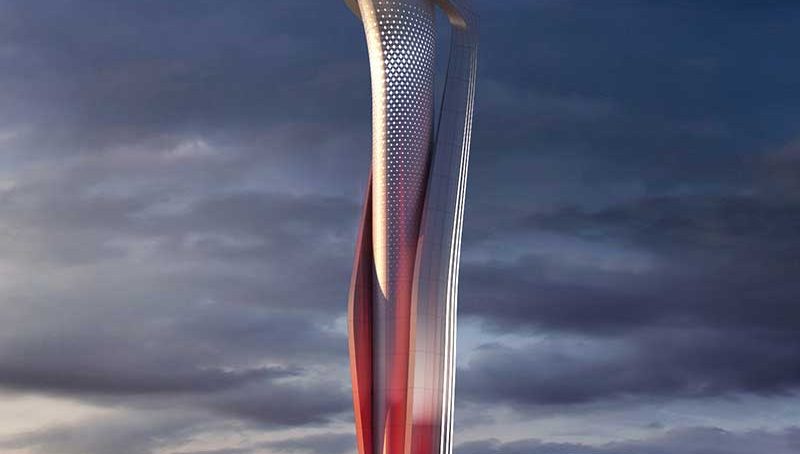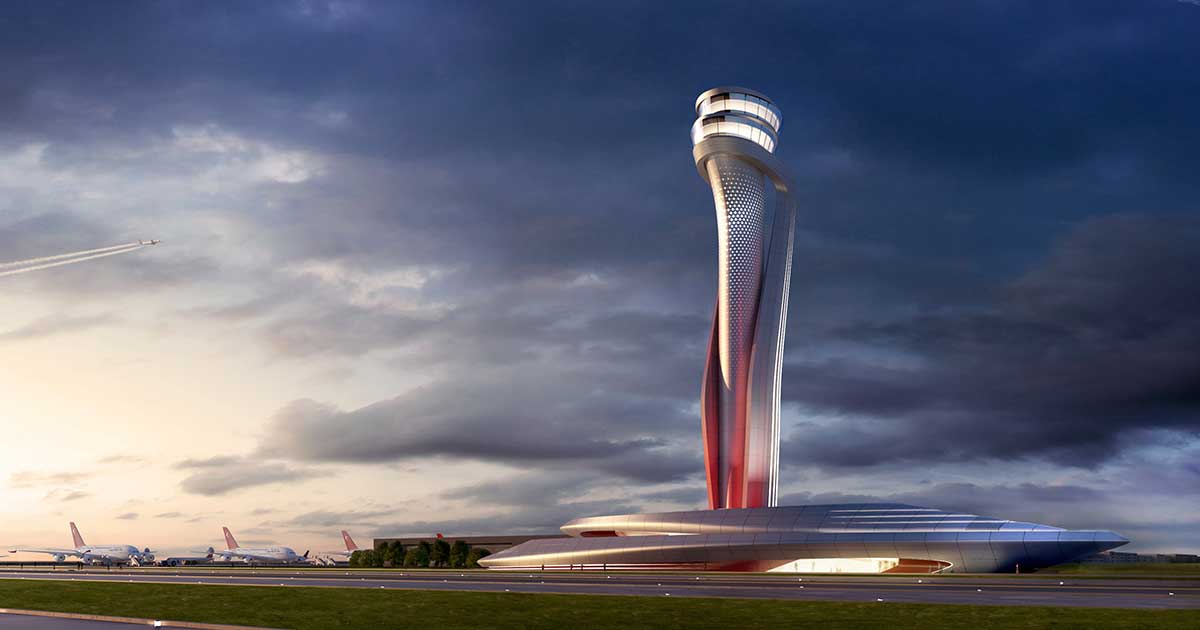Airports! What’s the difference between one and the other? Generally speaking, they feature the same familiar components, such as a terminal, runway, departure hall and control tower, and carry out the same overall functions, from check-in and customs to baggage reclaim. Given these mainstays, Chirine Salha, senior consultant at Ulysses Consulting, tells us what sets some airports apart from others


Air travel is rarely fun. For many, it can be stressful, time-consuming and hectic. Since the 9/11 attacks, security and safety requirements mean you need to arrive at an airport between two and three hours before departure. Then there are the intrusive body searches and the queues; queues to check in and for immigration and security, and then to board the plane. Having landed, travelers face more queues, to disembark and for immigration again, baggage reclaim, and worse, the occasional lost luggage.
In between all this queuing and red tape there is, at least, the choice of how to spend time at airport terminals – we can eat, shop, work, relax or do all four – bringing temptation and even a touch of decadence.
Today terminals are becoming destinations in their own right and designers are capitalizing on this change in identity. Efforts are underway to improve each offering through technology, retail & entertainment, design, dining options, spas and pioneering hotel concepts.
Retail & entertainment
Waiting time at airports is being transformed from the dull into memorable moments, with facilities being turned into playgrounds for all. Istanbul’s new airport has a duty free area with seven sections housing different concepts, including Fashion Garden, Family Palace and Style Beach, which each sells brands related to its theme, helping to strengthen the traveler’s emotional connection with the facility.
Airports are an appealing target for retailers, not only because they have a captive audience, but also because travelers are willing to spend. According to research carried out by Bain & Company, luxury sales in airports grew by 7 percent in 2018 as global travelers upped their spending and brands opened new boutiques. Bain also found that Chinese shoppers account for USD 1 in every USD 3 spent on luxury goods.
Another shift in retail offerings at airports is the increase in terms of floor space being given to electronics, snacks and toiletries, although periodicals are still the top sellers.
Aside from retail, before long people may well be choosing to go to airports simply for the entertainment on offer. Changi Airport in Singapore has successfully built a landmark airport, boasting five natural gardens with a butterfly collection of more than 47 different species, waterfalls and rain forests. Elsewhere, travelers can access bowling alleys, free movies to watch, zipline and adrenaline experiences, and even swim while watching take-offs and landings in an airport’s rooftop swimming pool. Nothing, it seems, has been spared in a bid to keep bored travelers entertained.
Technology, automation and sustainability
Another change that is enhancing the travel experience is the increasing use of technology. The traditional check-in desks are an expensive and time-consuming way for airlines and airports to process passengers, both in terms of staff and occupied floor space. Add to that the fact that passengers find checking in one of the most tedious parts of their journey and it’s easy to see why the shift to self-service at airports is proving popular all round and fast gaining momentum. Although Europe is leading the way toward online check-in/kiosks at the airport, the speed and ease of self-check-in is gaining popularity on an international level. The newly built Istanbul Airport, the world’s largest airport terminal under one roof, is following this trend with automated self-boarding and self-baggage tagging facilities.
The use of humanoid robots is now a familiar sight in many airports. At Incheon Airport in Seoul, a robot named Jumbo can be seen cleaning floors, while Spencer at the Amsterdam-Schiphol Airport can scan your boarding pass and escort you to your gate. The star of them all, however, has to be Josie Pepper at Munich Airport, a She robot receiving and directing passengers. One of her defining features is that artificial intelligence technology allows Josie to formulate personalized answers without pre-scripted scenarios, and she keeps learning with each new interaction. Female intelligence at its best!
Innovative infrastructure, such as retinal scan, face recognition and scanners, will eradicate waiting times and enable travelers to move around the terminal faster, reducing physical barriers thanks to sophisticated sensors. Travelers will be hoping that reductions in costs and improved airline and airport efficiencies lead to lower fares, which will increase customer satisfaction. With these and other exciting initiatives enhancing the traveler’s experience, air travel looks set to become more enjoyable again, freeing up more time to shop, eat, drink and sleep. For some, a night at the airport has come to represent a well-deserved escape. Having previously acquired a reputation as little more than a place for travelers to rest for a few hours, airport hotels are regaining their strength. YOTEL, an increasingly popular airport hotel brand has found success through its strategy of creating social spaces where guests can transition from work to play in its KOMYUNITI areas for co-working, dining and relaxing. The YOTEL hybrid property at Istanbul Airport is the first to offer 277 cabins before security (YOTEL Istanbul Airport) and 174 cabins after security (YOTELAIR Istanbul Airport), providing guests with welcome privacy and a place to sleep, refresh and connect, without having to leave the airport. Stay tuned for airport hotels in the next issue of HN.

Chirine Salha
Senior Consultant
Ulysses Consulting
“Today terminals are becoming destinations in their own right and designers are capitalizing on this change in identity”

















